I played Final Fantasy VII Rebirth after Elden Ring and it was a huge mistake
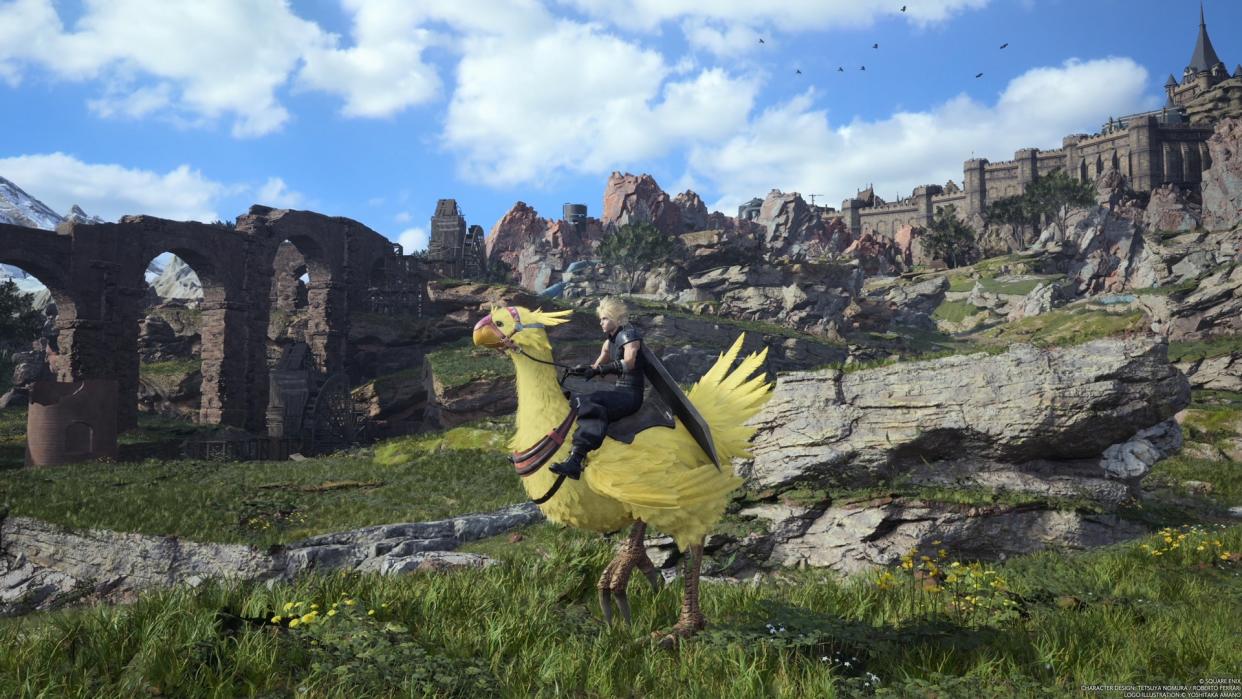
Late last year, I got what I like to call the “FromSoftware Itch.” Essentially, this is an intense craving to play one of the Japanese developer's unique brand of challenging action RPGs. After a little deliberation, I settled on replaying Elden Ring as its first DLC expansion, Shadow of the Erdtree Tree, is just around the corner.
What We're Playing
Welcome! This column is part of a series in which members of the Tom's Guide staff share what they're playing and enjoying right now, with the goal of helping you find great games that you might want to play next. Be sure to check out our last entry, where we talked about Suicide Squad: Kill the Justice League and how it's not as bad as you've heard.
I spent most of December and the first half of January blissfully lost in The Lands Between. I even managed to conquer a couple of bosses I missed in my first playthrough at launch in 2022. Replaying Elden Ring was a solid reminder that it’s not just one of the defining titles of this generation, it’s one of my favorite games ever.
What I didn’t foresee is that replaying Elden Ring so close to the release of Final Fantasy VII Rebirth — which, for the record, was my most anticipated game of the first half of 2024 — would actually harm my experience with this long-awaited sequel to Final Fantasy VII Remake. In some ways, Elden Ring has spoiled Rebirth.
To make it clear, after more than 30 hours with Rebirth, I have plenty of positive things to say about the second chapter of the FFVII Remake project. I adore its loveable cast of characters, highly cinematic combat and its abundance of delightfully fun mini-games. But it has a major weakness that becomes clearer when you’ve got a masterpiece like Elden Ring fresh in your memory.
A map full of markers
Final Fantasy VII Rebirth’s introductory is fairly linear, but after a couple of hours, you emerge from the town of Kalm and are let loose in the first region: The Grasslands.
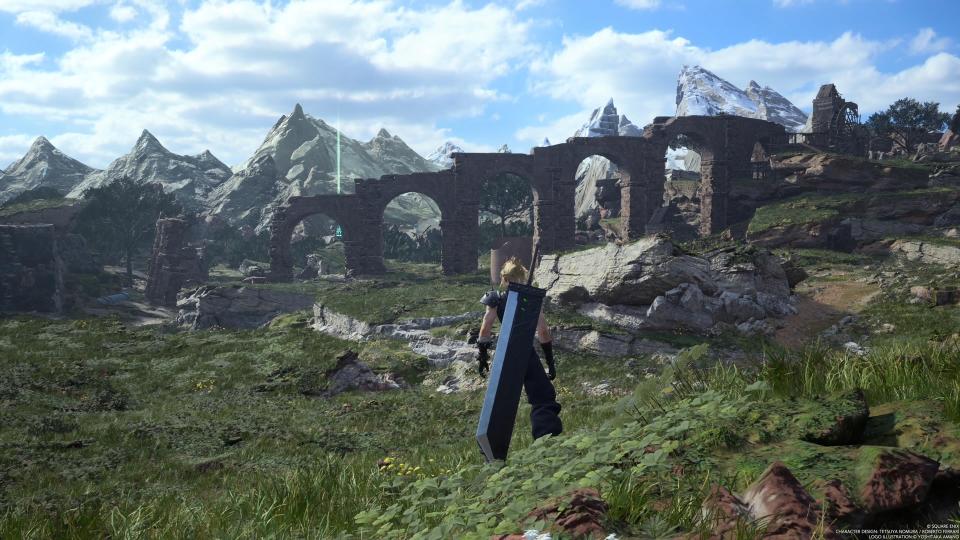
Once you step foot in the region's rolling fields you are directed to a small town, and then a Chocobo ranch. And it’s at this ranch, that you’re introduced to World Intel, which is Rebirth’s name for its open-world activities that include enemy camps, hunts for rare resources, and, the old favorite, radio towers that add map markers.
These activities are among the most bland distractions you’ll find in an open-world game. Pretty much none of the World Intel events are engaging. They serve only to clutter up your map with flashy icons and pad out the game’s runtime — which was largely unnecessary as the main story, and the mostly worthwhile side quests, easily offer more than 50 hours of fun already. That's plenty of content for a $69 release.
The lone exception is the Phenomenon Intel events. These are multi-part side quests that should exist in a separate category from the other open-world activities which function as little more than busy work for players who want to extend their playthrough.
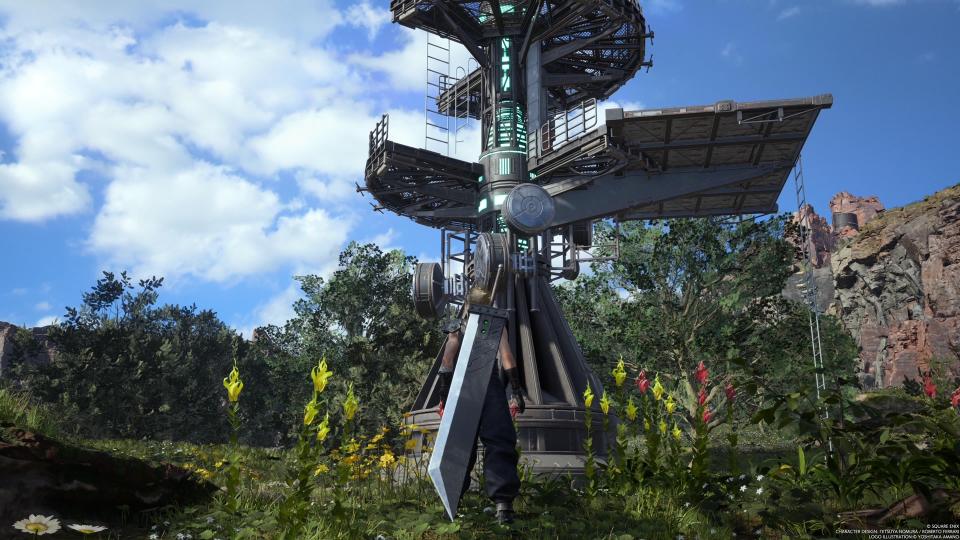
This type of open-world design, where players are given a map full of icons, and dozens of repetitive objectives to complete for mostly minor rewards felt old-fashioned in the mid-2010s. In a post-Elden Ring and The Legend of Zelda: Breath of the Wild gaming world, this approach feels even more antiquated.
As mentioned, Rebirth offers a handful of genuinely enjoyable side-quests and a whole truckload of engaging mini-games, which only make the World Intel flab feel even more disposable.
Cynically, I’d say these objectives feel like they’ve been included merely to push the game’s 100% completion runtime beyond the 100-hour mark, rather than because they represent engaging content that's worth the player’s time investment.
Elden Ring does open-world different
Honestly, I’m being hard on FFVII Rebirth’s approach to open-world design because shifting from Elden Ring’s more freeform philosophy to Final Fantasy’s feels like taking a backward step.
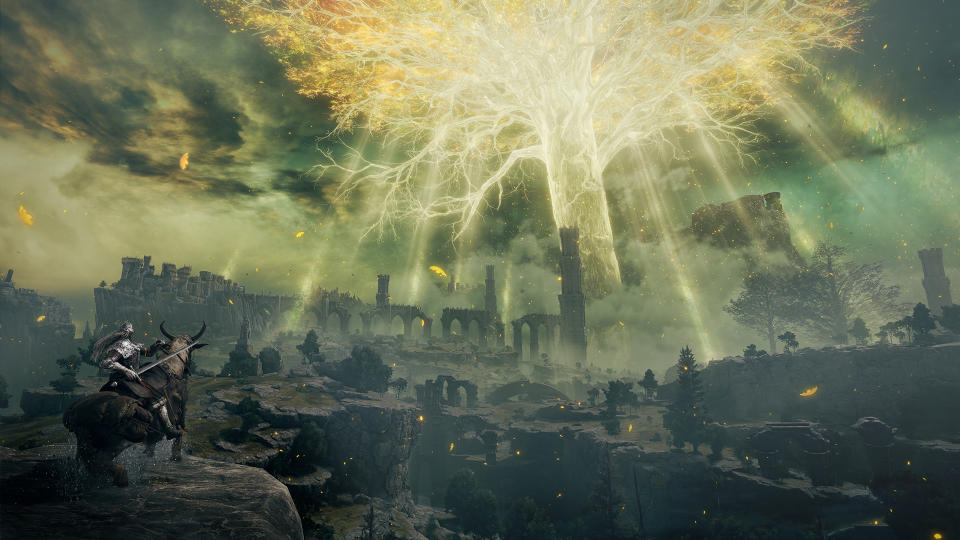
Elden Ring does not have map markers. There are no climbable towers to unlock new points of interest. You won’t find repeated events dotted all over its various regions, or a literal checklist of objectives permanently fixed to the corner of its map screen. Instead, Elden Ring’s approach to open-world design is all about player exploration and the thrill of natural discovery.
When you step out into Limgrave, the Elden Ring's starting area, the entire world is yours to uncover. You can walk in pretty much any direction and are encouraged to be inquisitive. Yes, the game gently leads you toward major locations via its Sites of Grace checkpoints, but there’s no luminous marker telling you exactly where to go next, or a list in the pause menu of how many bosses you’ve got left to beat.
When playing Elden Ring, I feel like I’m on a grand adventure, exploring a vast world just to see what I might find in its labyrinthine caves and crumbling castle ruins. Whereas in Final Fantasy VII Rebirth, my experience of the open world has been the polar opposite. I don’t feel compelled to explore, I’m just walking from one repetitive task to the next with no real sense that I’m unearthing the world’s hidden secrets.
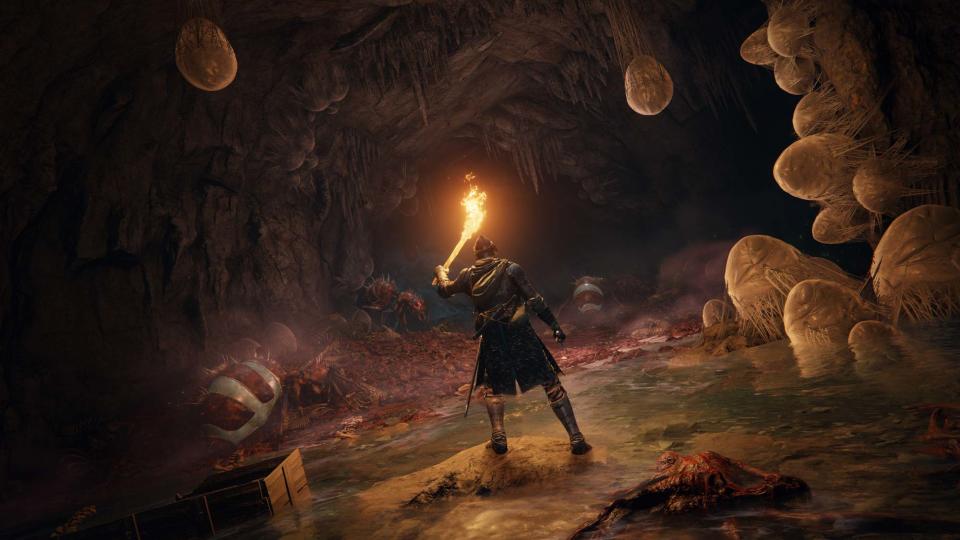
Without spoilers, I’m now well beyond the Grasslands in my Final Fantasy VII Rebirth playthrough, but even the game’s later regions offer up the same bland World Intel activities, and to be honest, I’ve started skipping the majority of them. Instead, I’ve been focusing on the side quests when I want to take a break from the main story.
I should stress, that the problem outlined above isn’t unique to Final Fantasy VII Rebirth. Many open-world games before it suffered from the same problem, and I’m sure many more upcoming releases will fall into the same trap as well. But when games like Elden Ring have shown the value of a less repetitive open world, it’s hard to return to chasing map markers.

